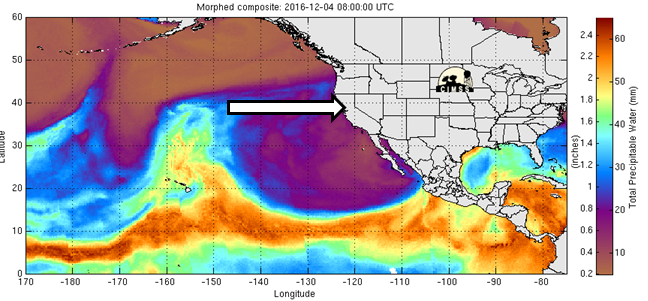
The World Meteorological Organization has recently recorded the largest ocean swell ever measured by buoy in the North Atlantic Ocean. The swell was 19 meters (62.3 ft), and occurred between the U.K. and Iceland during a strong cold front passing through the region on February 4th, 2013. The swell was measured by the K5 buoy, a tool that is no secret to Scottish surfers and fisherman.

It’s important to note that this is not the largest wave ever. It is simply the largest swell recorded by remote buoy, and it is, technically speaking, an ocean swell and not a wave like the featured image of this article. This wave undoubtedly had enormous mass.
“What does this mean for big wave glory hunters and surfers? Well, it means that the conditions exist to create giant waves in areas of the planet previously untapped by surfers.”
– J.P. Currie
This swell was dwarfed by a previous measurement of 29 meters (95 ft), but that was by ship and not buoy. There are plenty of spots on Earth with larger waves, like Nazare, portugal, which attracts big wave surfers every year:
Those waves are generated by somewhat large ocean swells that are compressed against geographical features, like underwater canyons, as they head toward land:

If there were a sub surface geographical feature like this in the North Atlantic, the waves generated would probably be much larger even than those at Nazare.




